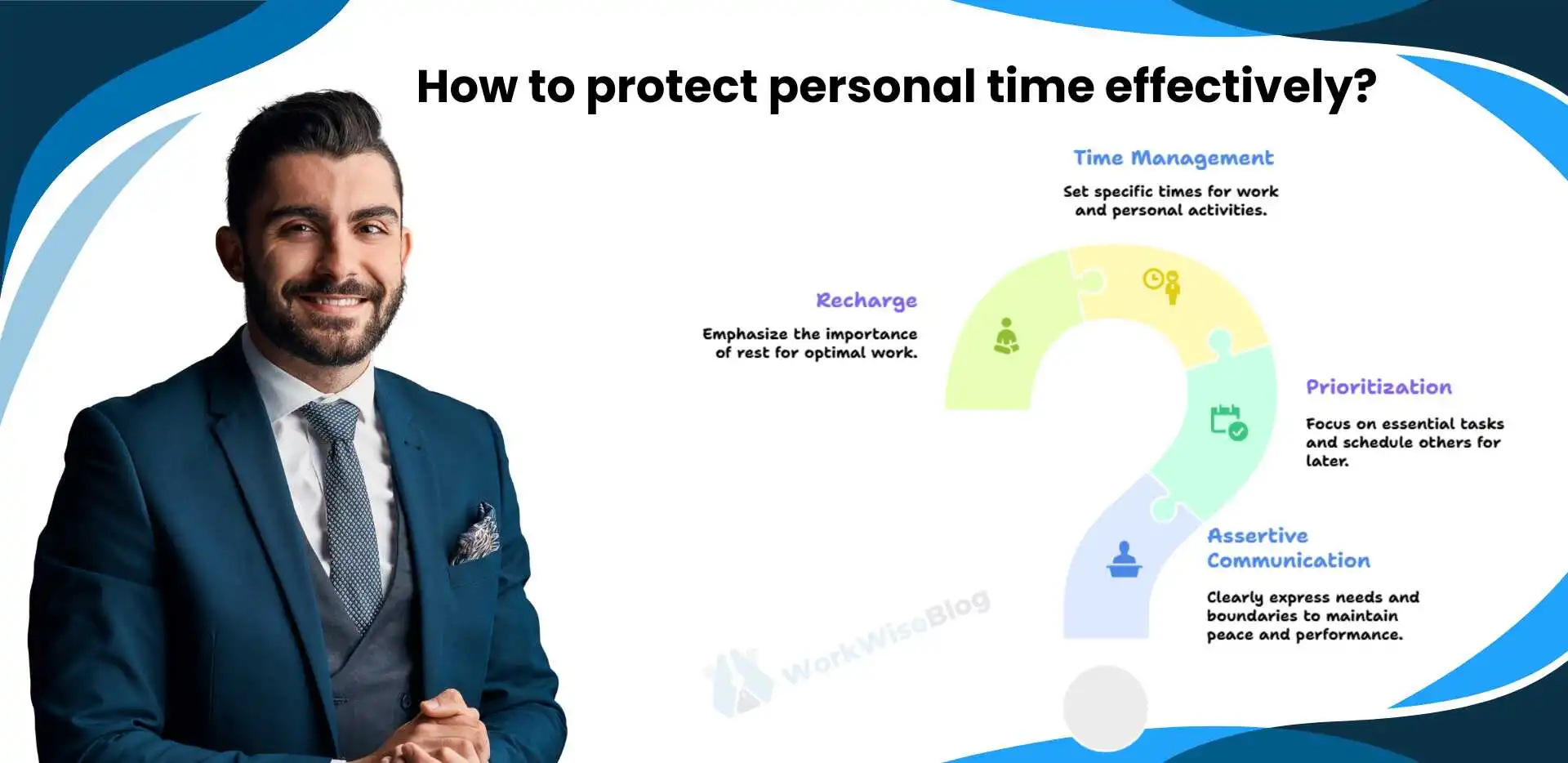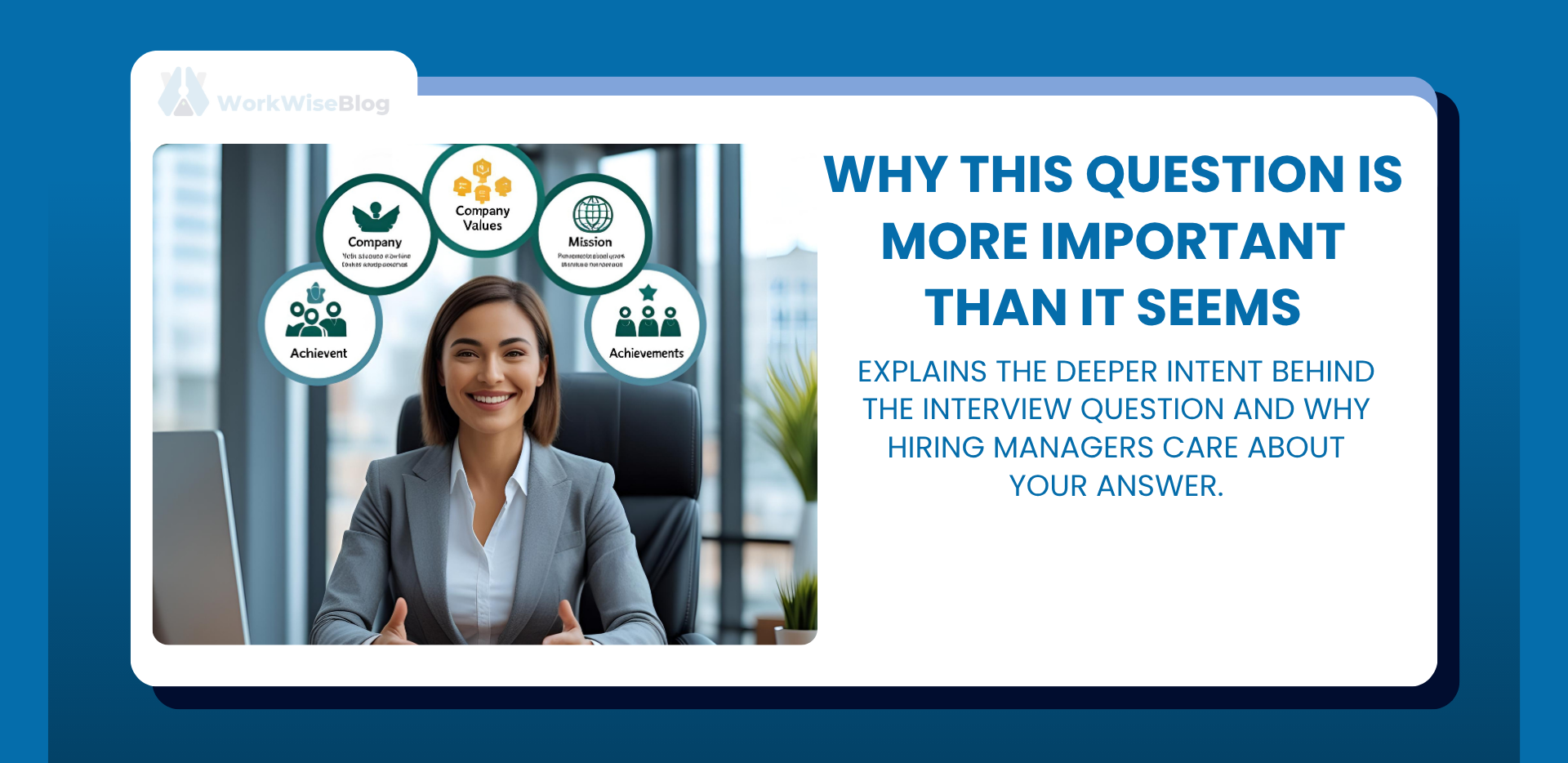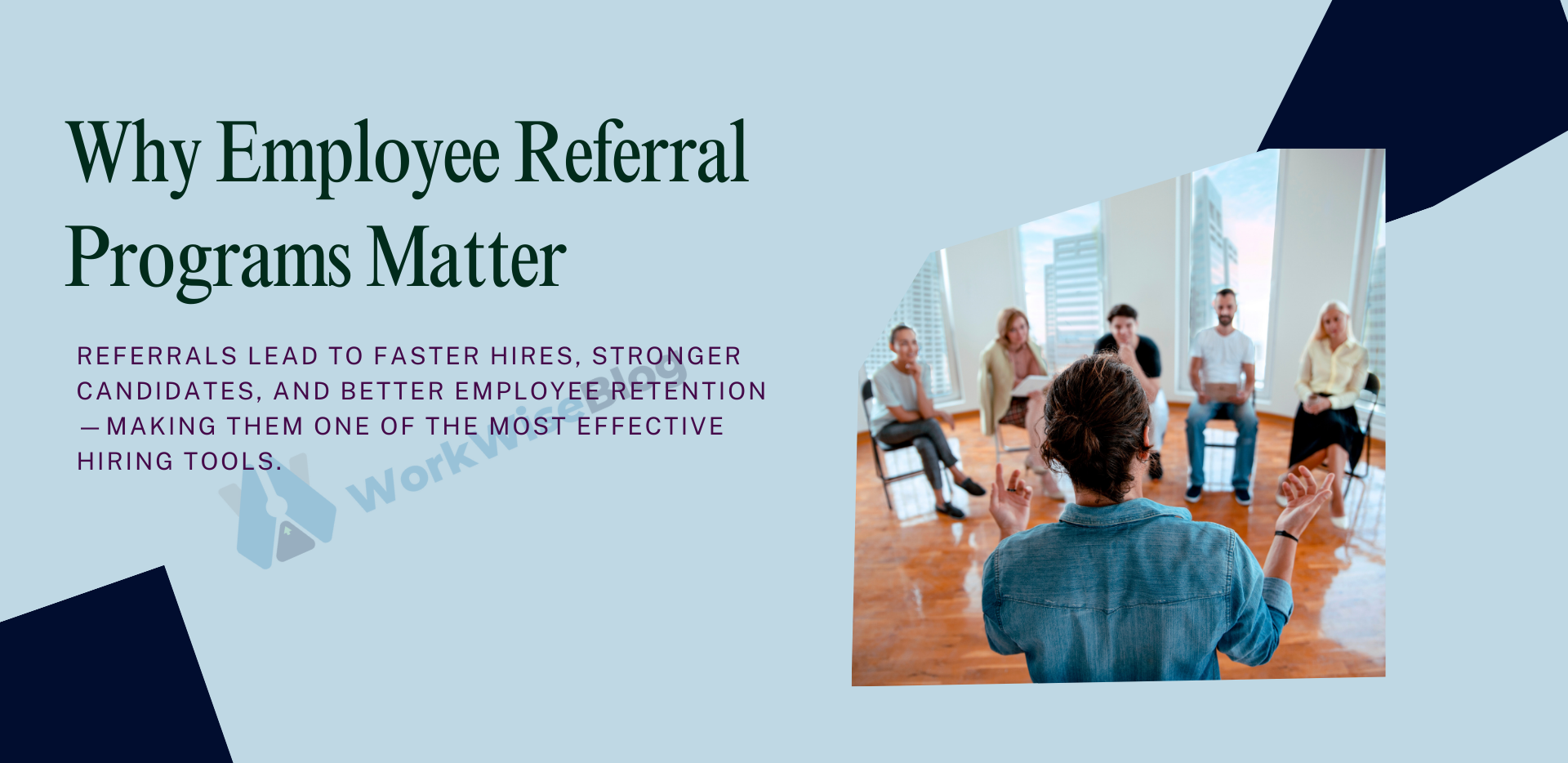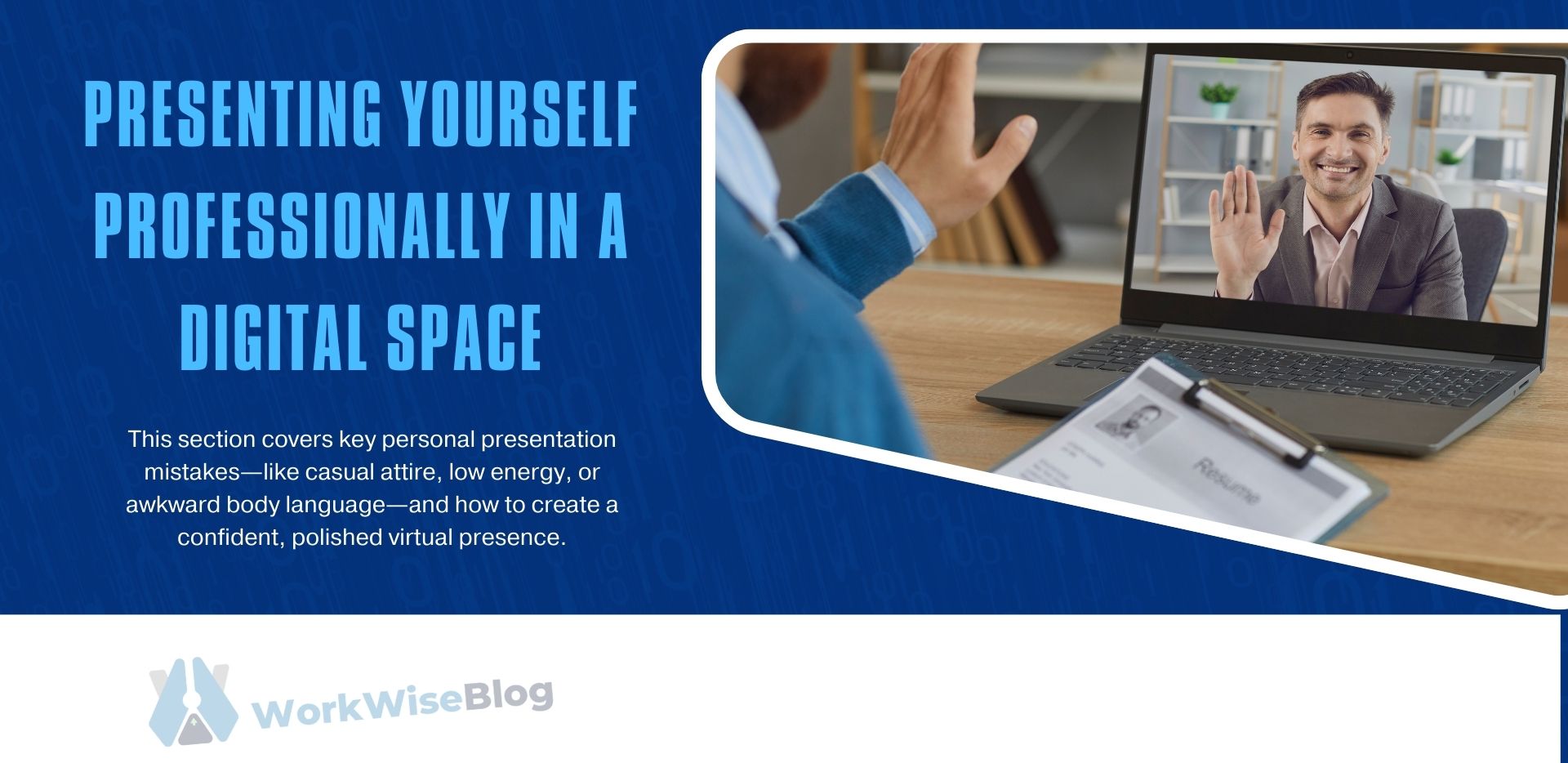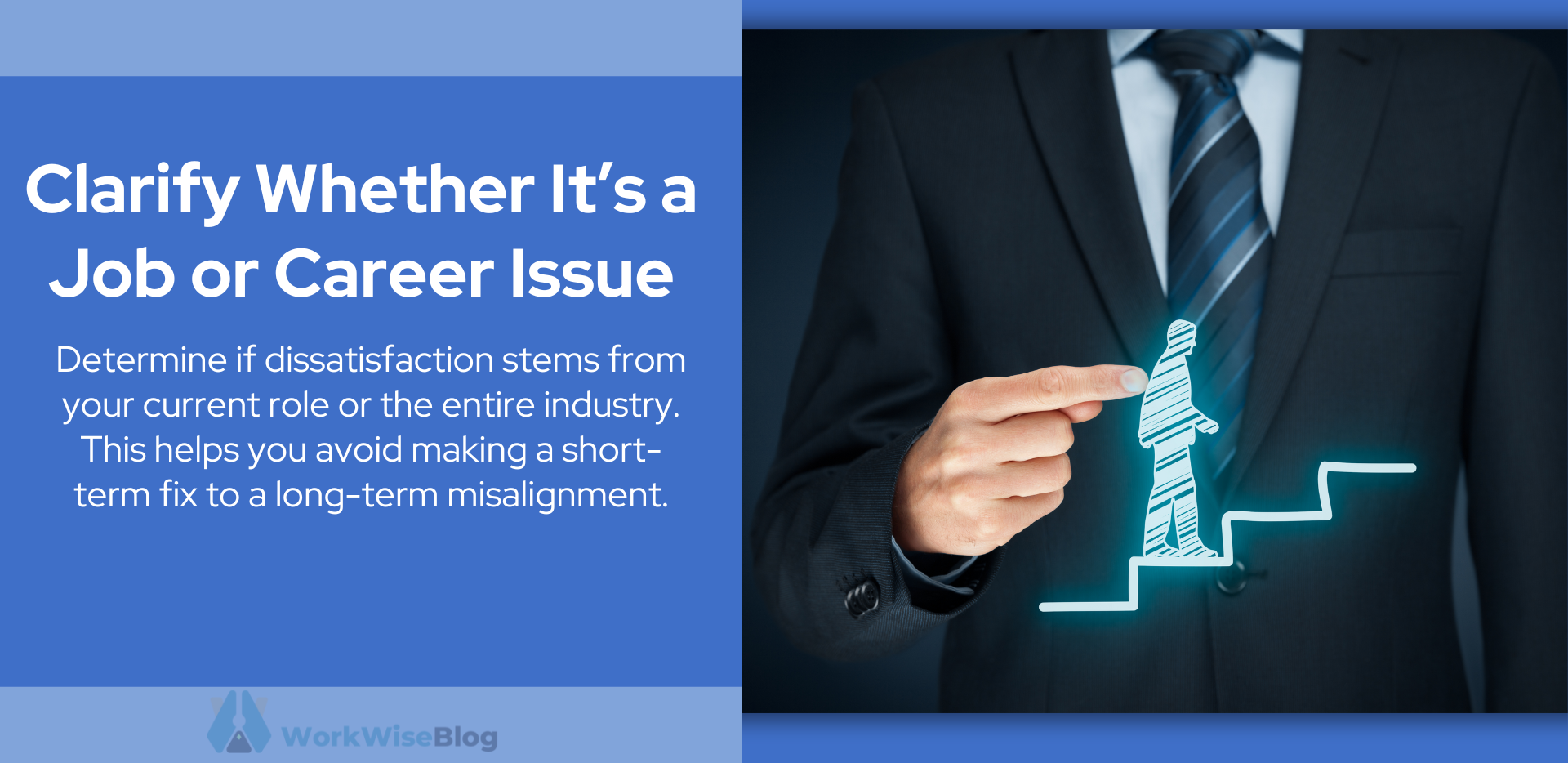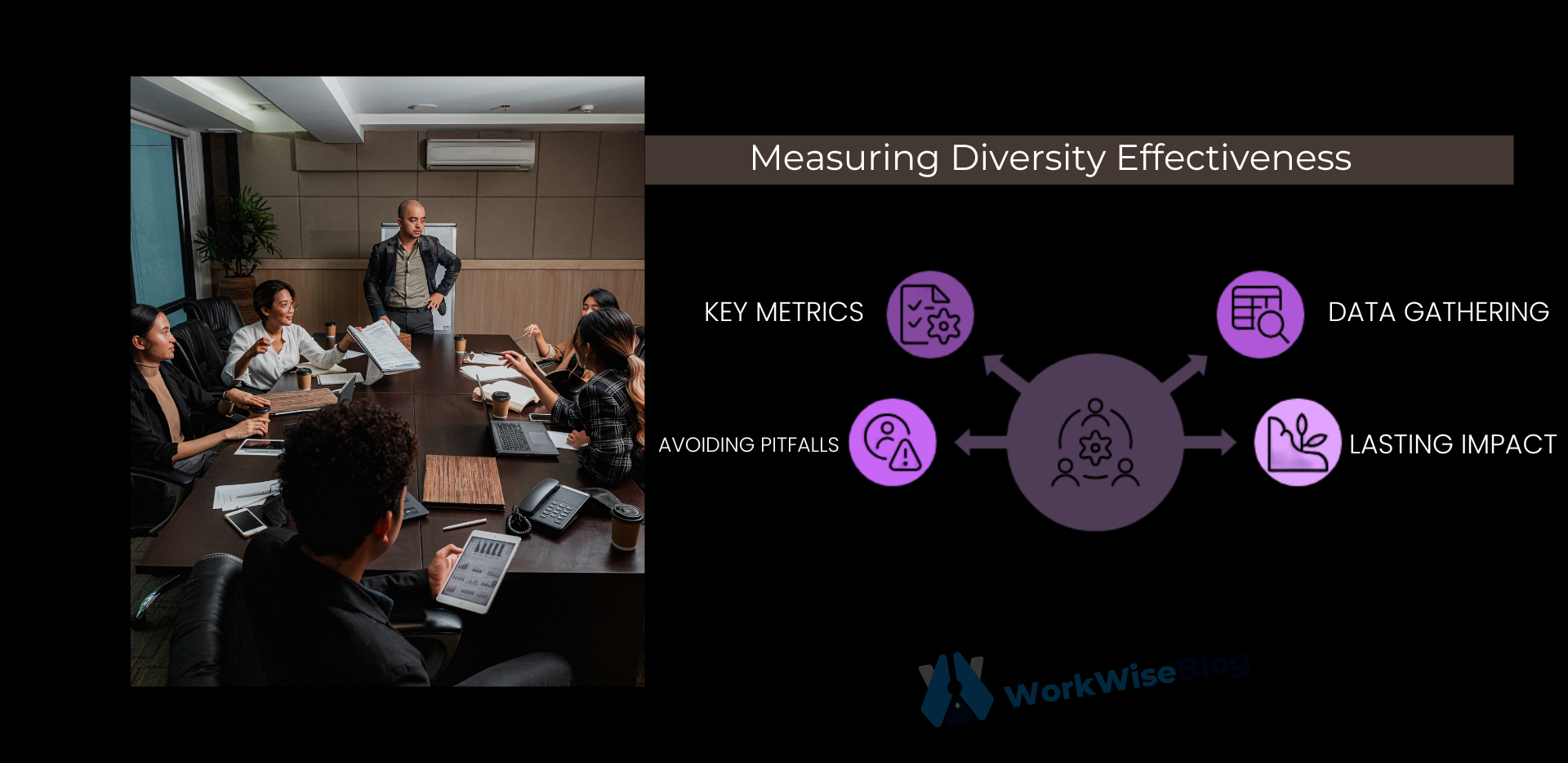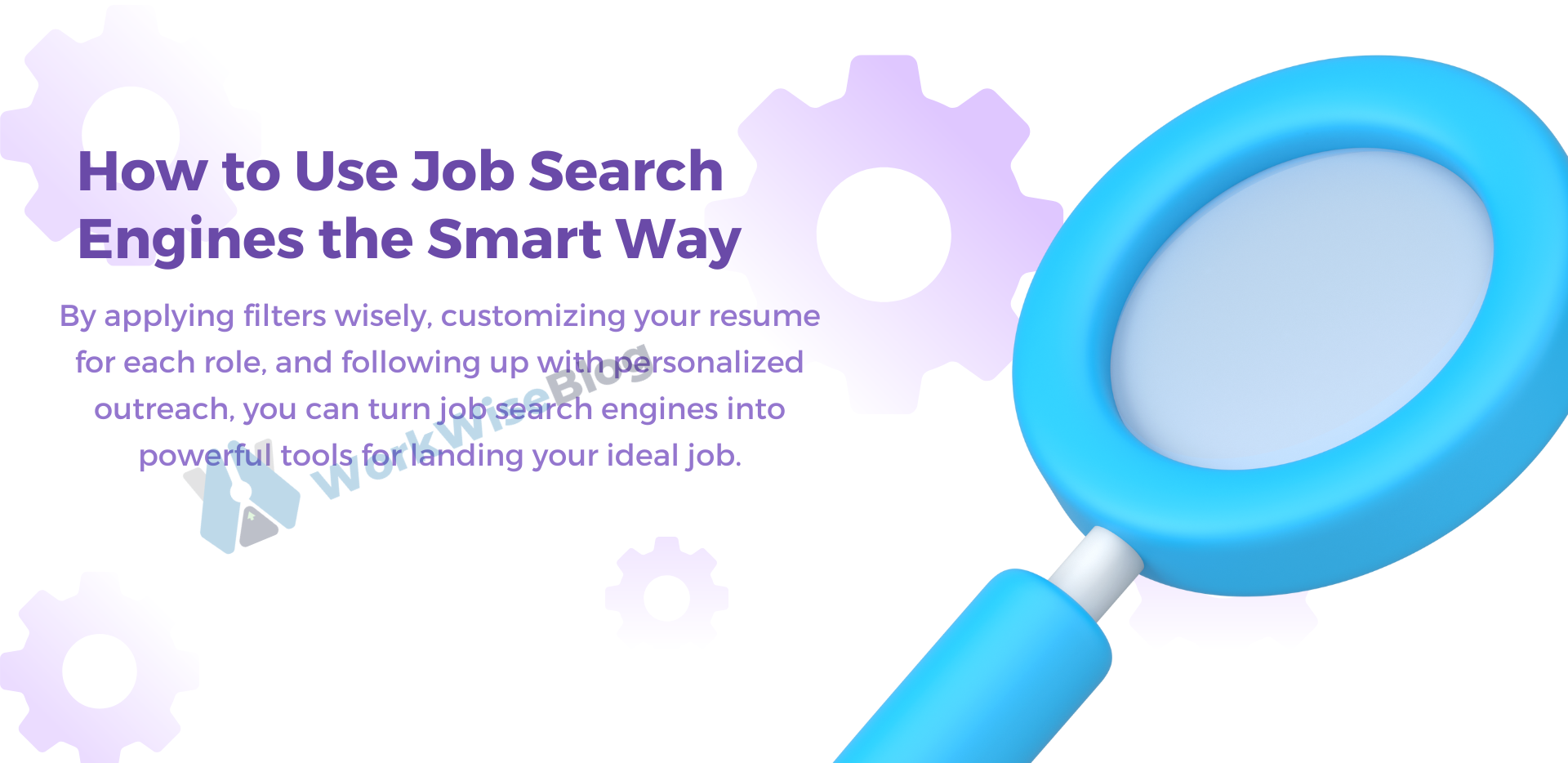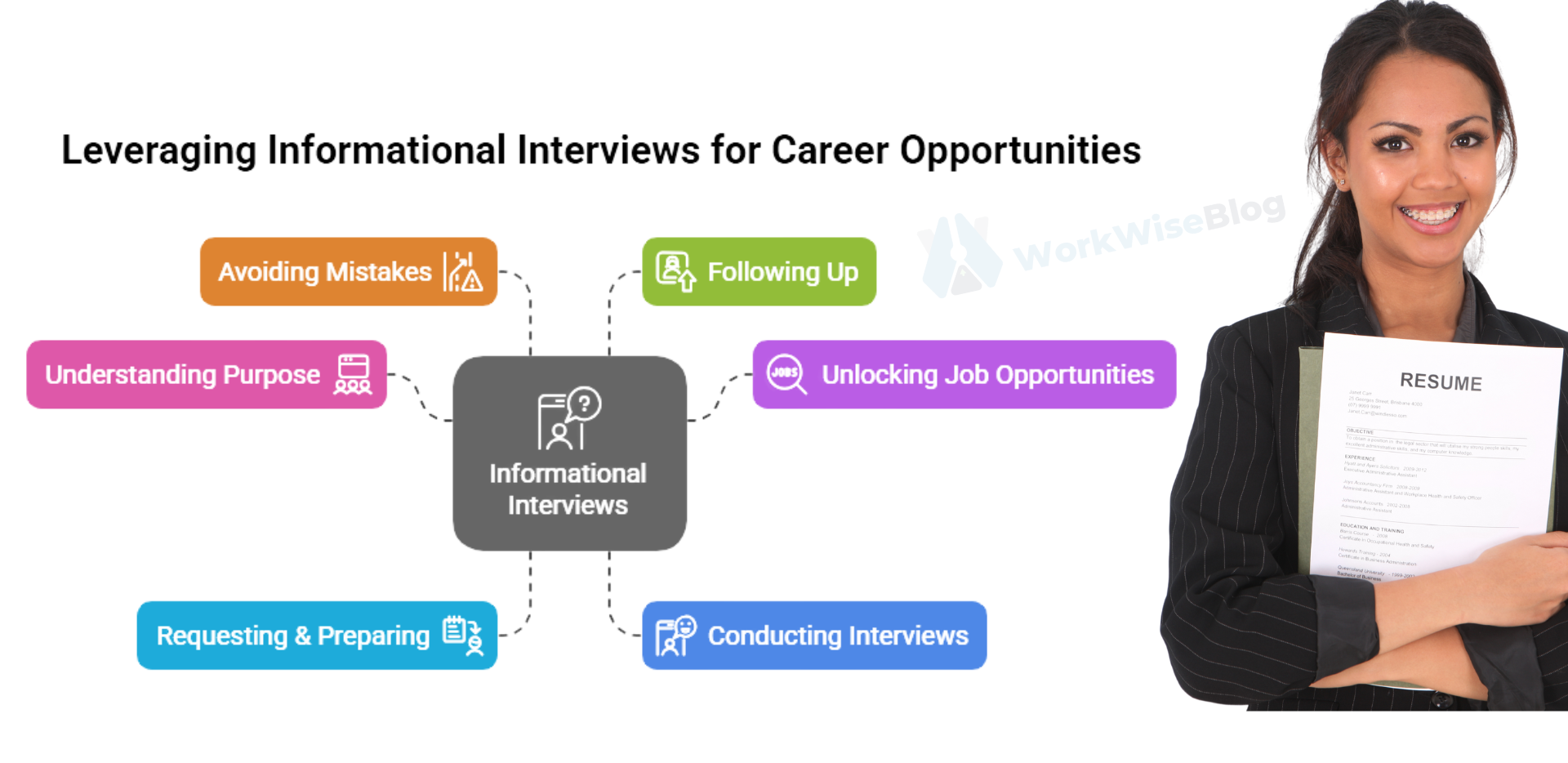Table of Contents
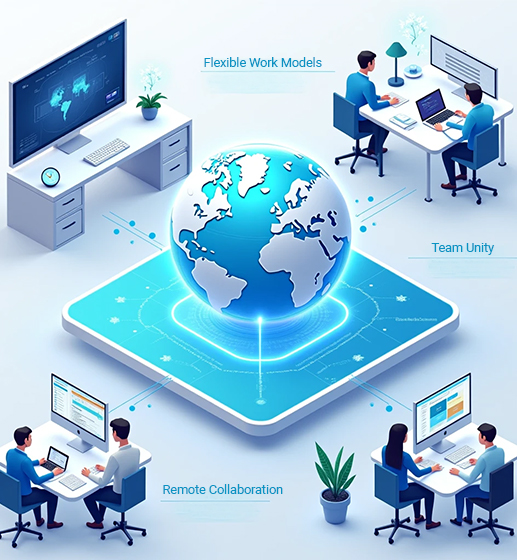
Why Talent Acquisition Matters More Than Ever
In 2025, employers will have to work extra hard to attract new talent. It is estimated that the number of global talents will decrease by 85 million workers by 2030, which would translate into a loss of $8.5 trillion for organizations.
So, recruitment of the right kind of people and the right number becomes very crucial for growth and innovation advancement.
Apart from completing the staffing objective, talent acquisition has also become an approach to creating a high-performance-oriented business unit.
This year, new trends as well as new approaches are enhancing recruitment processes, anticipating new changes, and making the whole process more purposeful and wider.

1. AI and Automation: The Future of Recruitment
Modern recruitment revolves around technology. The methods and processes through which organizations identify, evaluate, and recruit candidates have drastically changed due to the integration of automation tools and AI.
The Useful AI:
-
-
- AI tools such as chatbots manage the candidates’ first contact during the questioning stage.
- With ATS, all the applicants do not have to be assessed by recruiters over and over again but rather be ranked according to their qualifications.
- According to LinkedIn’s Global Talent Trends Report 2024, 27% of talent professionals are currently using or experimenting with generative AI in recruitment, and 60% are optimistic about its impact
-
Example: In managerial recruitment, Unilever has its candidates screened over the Internet which has reduced the hiring time by 75%.
These tools automate the process, however, there is a need for companies to counter this with an injectable human touch to be able to provide personalized experiences to candidates.

2. Employer Branding: Winning the Talent War
Today, due to the rapid advancement of technology, the most important factor for any company to recruit employees is its reputation. Job applicants have been observed to analyze the target employer thoroughly even before submission of their applications.

Why It Matters:
As per one of the surveys done by CareerArc, it was revealed that 86% of the job applicants take into consideration the reviews and overall rating of the company. Employers with strong employer branding have a 50% reduction in cost-per-hire.
How to Build a Strong Brand:
-
-
- Use platforms like LinkedIn or Glassdoor to talk about employee experiences.
- Post videos of people talking about the culture, behind-the-scenes, real employees’ stories of success, etc.
-
As per a report by Hireology Starbucks uses its platforms to share messages of inclusion, its benefits, and development, and its values, which assist the company to stand out as an employer of choice.
3. The Rise of Hybrid and Remote Work
As we all know, the COVID-19 pandemic has changed how employees work, and a hybrid/remote work model is expected to become the norm in the future. Now providing flexible options is not a perk but essential in order to attract great talents.
Key Statistics:
- Pew Research Center survey found that 41% of workers with jobs that can be done remotely are working a hybrid schedule, and many prefer this arrangement.
- Organizations that provide flexibility show a retention rate of 25% when compared with organizations that don’t provide such flexibility.
Challenges:
-
-
- Ensuring that a remote setup does not compromise team unity and communication processes.
- Making sure that on-location and remote workers have fair chances for career advancement.
-
Tip: In hybrid teams and organizations, it is advisable to use collaboration tools such as Slack, Zoom, Microsoft Teams, etc to fill the gaps in hybrid teams.
It is those companies that are going to follow these preferences that will be in a better position to acquire the required talent from around the world.
4. Upskilling and Reskilling: Closing the Talent Gap
As the sectors are growing, the skill gap heads the list of pain points for employers. Therefore, upskilling (improving existing skills) and reskilling (acquiring additional skills) are vital in order to have a workforce that is up to date.
The Global Demand for Skill Development:
Amazon’s Upskilling 2025 program, which will invest $1.2 billion in training 300,000 employees in roles such as AI and cloud computing, aims to achieve this goal.
How Employers Can Take Charge:
-
-
- Collaborate with learning platforms such as Coursera or Udemy.
- Initiate mentorship schemes to develop continuous improvement.
-
Organizations facing a lack of skilled resources can also increase employee engagement and retention potential by investing in employee upgrade strategies.
5. Diversity, Equity, and Inclusion (DEI): A Strategic Priority
An inclusive and diverse workforce encourages innovation and performance. In companies that are focused on the future, DEI is not just a check-mark activity anymore, it’s a critical business strategy.
Benefits of Diversity:
-
-
- According to the report by McKinsey, companies in the top quartile for ethnicity have 36 times better chances of making out the financial aspect of the business.
- More culturally diverse teams make it possible to arrive at superior decision-making based on the different perspectives and beliefs within the team.
-
How to Foster DEI:
-
-
- Implement blind resume reviews to eliminate unfavorable bias from the recruitment cycle.
- Implement data analytics that will find and improve areas of weaknesses.
-
For instance, Google’s structured interview guidance improves fairness by directing administrators through rational consistent procedures to reduce bias and bias on evaluation and the general outcome.
DEI is not just a moral imperative but also a business imperative as inclusiveness is at the foundation of strong long-term organizational performance.
6. Candidate Experience: The New Competitive Edge
In a candidate-driven market, the recruitment process itself has become a differentiator. A poor experience can deter top talent, while a great one leaves a lasting impression.
Key Pain Points:
- Lack of transparency in the hiring process.
- Delays in communication or feedback.
Best Practices:
-
-
- Provide clear timelines and regular updates on application status.
- Personalize feedback after interviews, even for unsuccessful candidates.
-
Talent Board found that 60% of candidates who had a positive recruitment experience are more likely to reapply or recommend the company.
Example: Airbnb’s candidate experience includes personalized preparation guides and prompt feedback, setting a gold standard in the industry.
7. Data-Driven Recruitment: Making Smarter Decisions
The recruitment and hiring process is leveraging analytics in such a way that will enhance the line of intuition among recruiters and also boost their planning skills.
Metrics That Matter:
-
-
- Time-to-hire
- Quality of hire
- Cost-per-hire
-
More than 80 percent of hiring managers consulted by LinkedIn’s Global Recruiting Trends Report believe that data has a helping character in practices when it is used.
Tools to Use: Integrating with stemming automated systems will allow attaining such information as recruitment trends, candidates’ behavior, and much more.
Individualization allows companies not only to forecast the need for certain personnel but also to communicate with potential candidates more effectively and evaluate returns on investment in employees.
Conclusion
In 2025, talent acquisition will require companies to think creatively and adapt to rapidly changing trends. Companies must use AI and automation, focus on diversity and inclusion (DEI), and improve the hiring experience. These trends mean businesses need to be innovative to attract top talent and build a strong team to face challenges.
To stay ahead, companies should keep adapting, use helpful tools, and create hiring plans that prioritize their employees. A business’s success depends on having skilled and capable workers.
FAQs
What is the TA Trends Report 2025?
The TA Trends Report 2025 prepared by SHRM discusses the most important talent trends that every enterprise needs to embrace in the future; 2025 and thereafter. It tackles matters like recruitment bottlenecks, gaps in desired skills, learning and development needs, pre-employment tools, and educational reimbursement, providing useful information in meeting workforce requirements.
What is the future of talent acquisition?
The acquisition of talent in the future looks at emphasizing positions that drive particular impact. Gradually skills-based hiring is being employed with organizations first concentrating on recruitment of skilled employees for key roles as they pursue a wholistic model down the road.
What are the future trends in LinkedIn 2025?
2025 is characterized by the increasing sophistication in AI and automation in LinkedIn. This aids in managing a company’s marketing, recruitment, and networking functional areas and thus positions LinkedIn as a central component of business strategies.
What is the biggest challenge in talent acquisition?
There are different kinds of challenges that all talent acquisition leans towards. These include diversity and inclusion problems, high recruitment costs, long time to hire, bad candidate experience and badgering, offer negotiation, maintenance of candidate pipelines, and overcoming the adoption of new tech tools.


